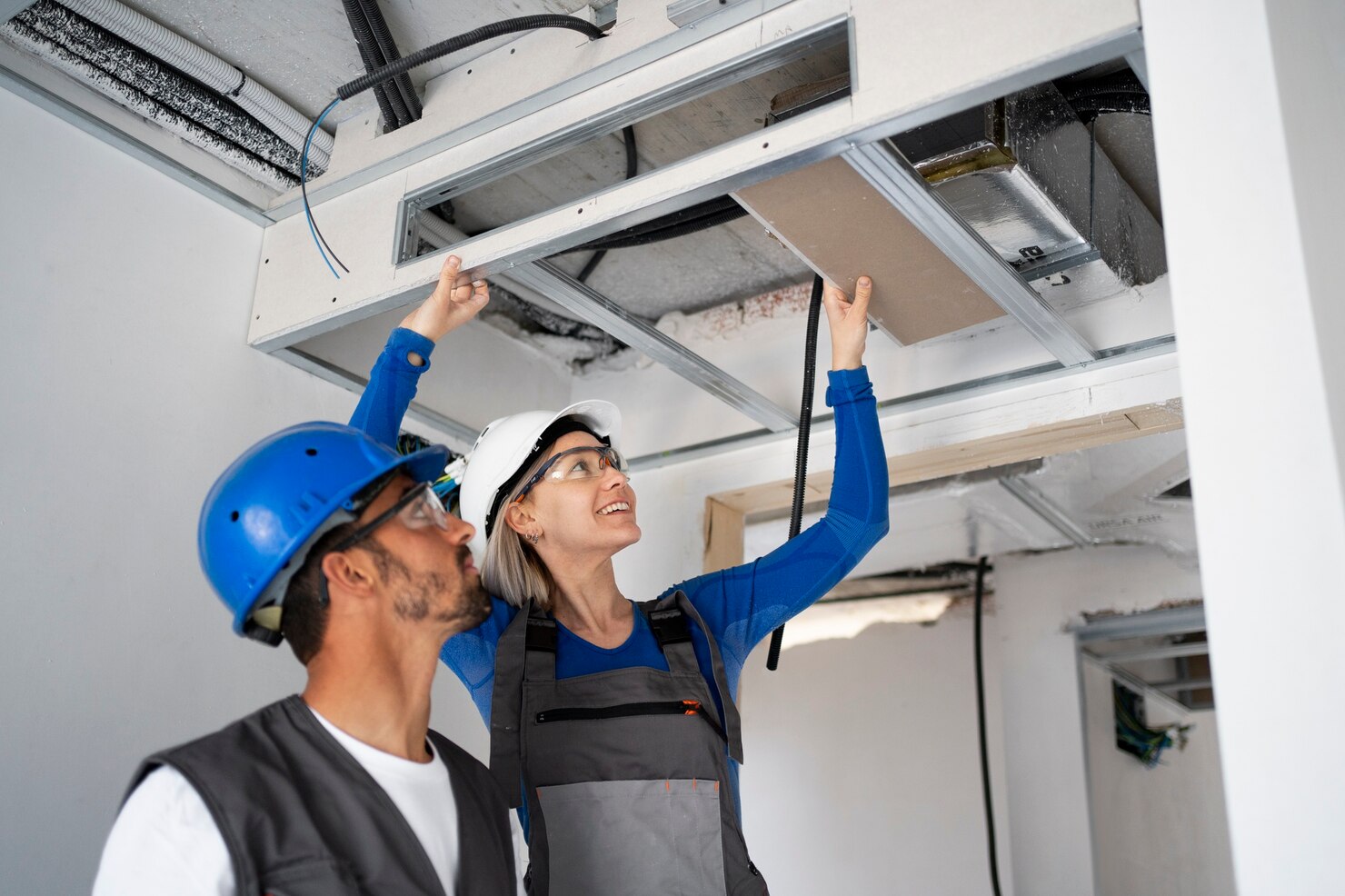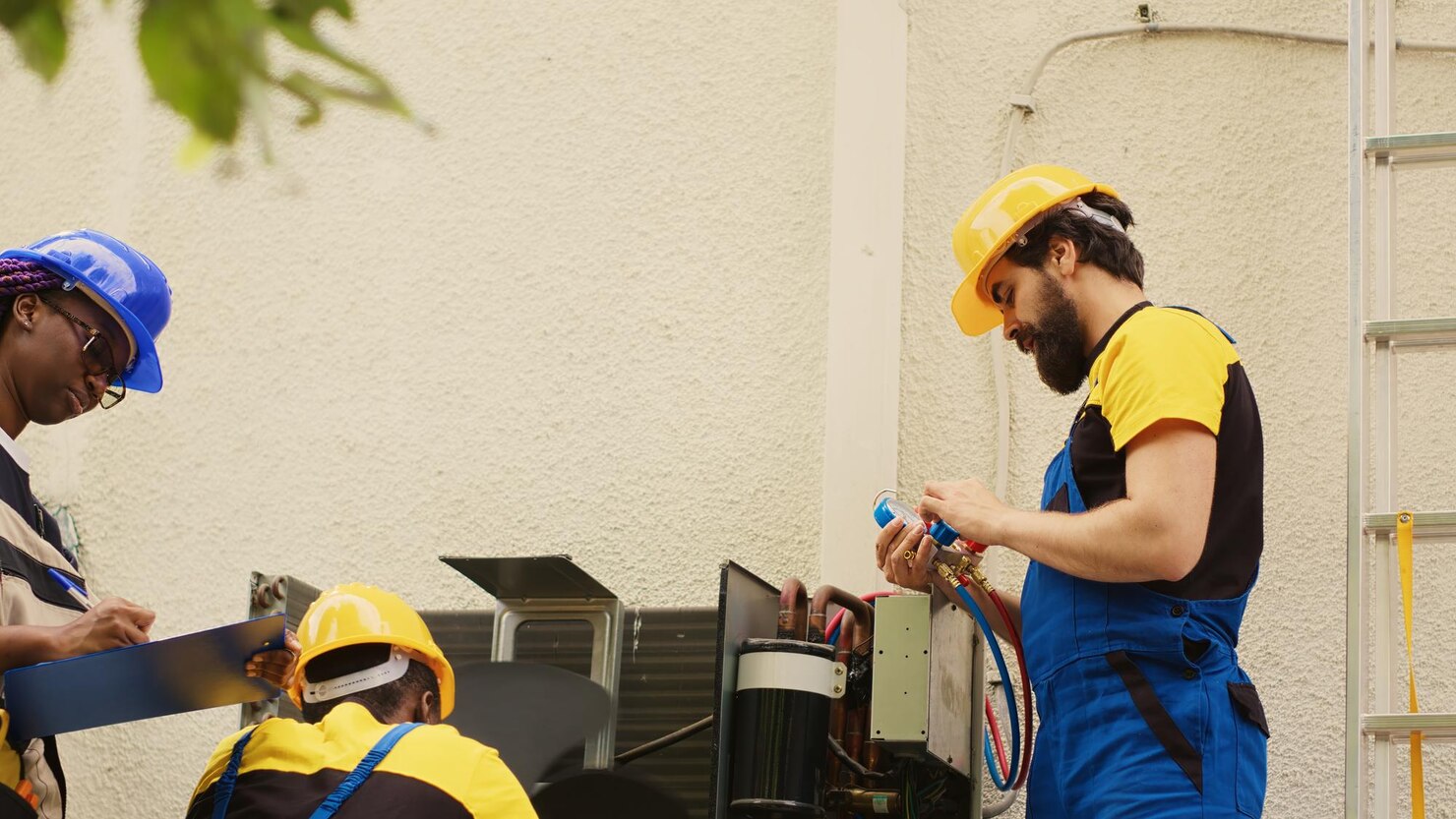
Singapore heat? Book your aircon servicing with confidence.

Singapore heat? Book your aircon servicing with confidence.

Quarterly servicing isn’t random, it’s based on Singapore’s weather and living conditions. Some homeowners think twice-a-year or monthly cleaning is enough, but a three-month gap is the sweet spot proven by both experience and science.
Over 90 days, dust and dirt build up fast, especially in areas like Tampines or Woodlands, where construction is common. Even quieter neighborhoods like Tiong Bahru or Katong face constant dust from outdoor air and daily activities.
Because of the high humidity, mold and bacteria also start growing inside your unit within weeks. Studies show these reach harmful levels around the 10–12 week mark, making quarterly servicing perfectly timed.
Doing maintenance every January, April, July, and October keeps your system ac clean, energy-efficient, and reliable all year.
Too frequent cleaning adds cost without much benefit, while yearly servicing can cause higher bills and breakdowns.
In short quarterly servicing offers the best balance of performance, hygiene, and cost for Singapore homes.
Many homeowners aren’t sure what technicians really do during an aircon service. Here’s a quick breakdown of what proper quarterly servicing should include and why each step matters.

Even with regular quarterly servicing, it’s important to know when your aircon needs extra care. Spotting these early warning signs can save you from costly repairs later.
Tip: The sooner you call a technician after noticing these signs, the less likely you’ll face a breakdown and your aircon will keep running efficiently all year round.
Different types of Singapore residences present unique aircon servicing considerations that affect what you should prioritize and what challenges you might encounter. Understanding how your specific living situation affects air conditioning helps you work more effectively with contractors and set appropriate expectations.
HDB flats, where the majority of Singaporeans live, typically have straightforward single-split or multi-split systems where indoor units connect to outdoor condensers installed on common corridors or exterior ledges. The compact spaces in three-room, four-room, and five-room flats mean aircon units run frequently, especially in bedrooms during sleeping hours. The shared outdoor spaces in HDB estates sometimes present challenges accessing outdoor units for servicing, particularly in older estates where condenser platforms are cramped or obstructed. If you live in an HDB flat in established towns like Ang Mo Kio, Bedok, or Clementi, mention this to contractors during scheduling so they arrive prepared for potential access challenges. Some HDB estates have restrictions on when servicing can occur to minimize disturbance to neighbors, typically prohibiting noisy work before nine in the morning or after six in the evening.
Condominium and apartment living introduces additional layers of complexity, particularly in newer developments with sophisticated systems. Modern condominiums in areas like Bishan, Novena, or Punggol often feature Daikin or Mitsubishi Electric multi-split systems where one outdoor unit serves multiple rooms. These systems require coordinated servicing of all indoor units simultaneously for thorough maintenance. Some luxury condominiums install ducted systems with concealed indoor units, which require specialized servicing procedures to access components hidden above false ceilings. Management corporations in condominiums may have approved contractor lists or require servicing to occur during specific hours, so checking your condominium’s regulations before scheduling service avoids complications.
Landed properties including terrace houses, semi-detached homes, and bungalows typically have larger air conditioning systems with greater complexity. A landed house in Serangoon Gardens or Bukit Timah might have six to ten separate indoor units distributed across multiple levels, each requiring individual servicing. The outdoor condensers for landed properties are usually ground-mounted, providing easier access than wall-mounted units in apartments, but they’re also more exposed to garden debris, insects, and small animals nesting in or around units. Homeowners should clear vegetation around outdoor units and check periodically that condensate drain pipes aren’t blocked by leaves or soil.
Rental properties present questions about maintenance responsibility that deserve clarification. Generally, landlords bear responsibility for major repairs and system replacement, while tenants handle routine maintenance. However, specific arrangements vary by tenancy agreement. If you’re renting a property in areas popular with expatriates like Holland Village or River Valley, review your lease to understand who pays for quarterly servicing. Many landlords appreciate tenants who maintain aircon systems properly since this protects the landlord’s equipment investment. If your lease is ambiguous about servicing responsibility, discussing with your landlord upfront prevents disputes later.
Quarterly aircon servicing isn’t just about keeping your room cool, it’s about taking care of your home and protecting what you have invested in. In Singapore’s climate, your aircon is essential infrastructure, just like plumbing or electricity. Ignoring small issues can quickly turn into costly repairs and major discomfort.
By understanding how quarterly maintenance works, what proper servicing includes, and how to spot early warning signs, you’re no longer just depending on ac contractors, you have become an informed homeowner who can make smart, confident decisions.
Well-maintained aircon systems also mean:
Once you set up a routine, it becomes easy, just four services a year that keeps your system running smoothly. The small effort you put in today will save you years of stress, expense, and discomfort later.
In the end, quarterly aircon maintenance is more than a chore, it’s a smart habit that protects your comfort, health, and home value in Singapore’s tropical environment.
 10 Signs Your Aircon Needs Maintenance Before It Breaks Down
10 Signs Your Aircon Needs Maintenance Before It Breaks Down  How Dirty Aircon Filters Affect Your Health and Indoor Air Quality
How Dirty Aircon Filters Affect Your Health and Indoor Air Quality  Why Timely AC Cleaning in Singapore Can Save You Money
Why Timely AC Cleaning in Singapore Can Save You Money  Why Quarterly Aircon Maintenance is a Must for Every Singapore Home
Why Quarterly Aircon Maintenance is a Must for Every Singapore Home  Quarterly Aircon Servicing in Singapore: What Every Homeowner Should Know
Quarterly Aircon Servicing in Singapore: What Every Homeowner Should Know 